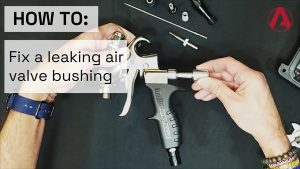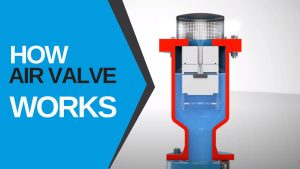Balance valve is a dynamic and static balancing valve under hydraulic conditions. Such as static balance valve, dynamic balance valve.
Valve body material: cast iron, cast steel,
Work pressure is 0.6-4.0 MPA.
The working temperature is – 5 C – 350 C.
Valve caliber DN15-DN300,
Connection mode: flange, internal thread,
Driving mode: manual and electric.
Manufacturing standard: national standard.
How do balancing valves work?
Balancing valve is a special function valve. It has good flow characteristics. (If used with clear PVC fittings, it would be more convenient to check the work). Besides, it has valve opening index, opening locking device and pressure measuring valve for flow measurement. By using special intelligent instrument, the flow value flowing through the balance valve can be directly displayed by inputting the valve type and opening value according to the measured pressure difference signal. As long as the balance valve with appropriate specifications is installed in each branch and user’s entrance and debugged once with the special intelligent instrument, the flow rate of each user can reach the set value.
Static balancing valves
Static balancing valves are also called balancing valves, manual balancing valves, digital locking balancing valves, double-position regulating valves, etc. What is manual balancing valve function? It is through changing the clearance between the spool and the seat (opening), to change the flow resistance through the valve in order to achieve the purpose of regulating flow. Its object of action is the resistance of the system, which can distribute the new water in proportion to the design calculation, increase and decrease the branches in proportion at the same time, still meet the flow demand of part of the load under the current climate needs, and play the role of heat balance. That’s like the transparent plastic pipe, with clearance and resistance. Dynamic balancing valves are divided into dynamic flow balancing valves, dynamic differential pressure balancing valves, self-operated differential pressure control valves and so on.
Dynamic flow balance valve
Dynamic flow balance valve is also called self-operated flow control valve, self-operated balance valve, constant flow valve, automatic balance valve, etc. It automatically changes the drag coefficient according to the change of system working condition (differential pressure). In a certain range of pressure difference, the flow through can be effectively controlled to maintain a constant value, that is, when the pressure difference before and after the valve increases, the flow through the valve can be maintained by the action of automatic closing small. On the contrary, when the pressure difference decreases, the valve opens automatically and the flow rate remains constant. However, when the pressure difference is smaller or larger than the normal working range of the valve, it can not provide additional pressure head after all. At this time, the flow rate of the valve to the full open or closed position is still lower or higher than the set flow rate can not be controlled. Clear pvc pipe manufacturer is also working to solve similar problems.
Dynamic differential pressure balancing valve
Dynamic differential pressure balancing valve, also known as self-operated differential pressure control valve, differential pressure controller, constant voltage variable synchronizer, differential pressure balancing valve, etc. It uses differential pressure to adjust the opening of the valve, and uses the change of pressure drop of the valve core to compensate for the change of pipeline resistance, so as to keep the differential pressure basically unchanged when the working condition changes. The valve working principle is that in a certain flow range, it can effectively control the constant pressure difference of the controlled system, that is, when the pressure difference of the system increases, it can ensure that the pressure difference of the controlled system increases by automatically closing the valve. When the pressure difference decreases, the valve opens automatically, and the pressure difference remains constant. The self-operated pressure difference control valve has an automatic plug closing state within the control range. The pressure difference between the two ends of the valve exceeds the preset value. The plug opens automatically and adjusts the opening automatically under the action of the pressure sensitive film to keep the pressure difference between the two ends of the valve relatively constant.












